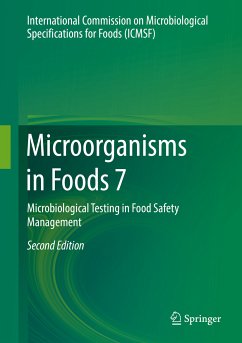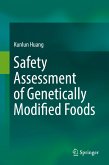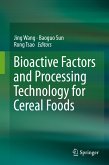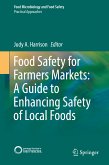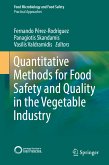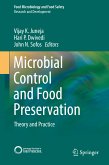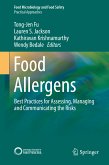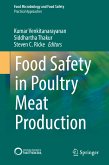The respective roles of industry and government are also explored, recognizing that it is through their collective actions that effective food safety systems are developed and verified. Understanding these systems and concepts can help countries determine whether imported foods were produced with an equivalent level of protection. Microorganisms in Foods 7 is intended for anyone using microbiological testing or setting microbiological criteria, whether for governmental food inspection and control, or industrial applications. It is also intended for those identifying the most effective use of microbiological testing in the food supply chain. For students in food science and technology, this book provides a wealth of information on food safety management principles used by governmentand industry, with many references for further study. The information was prepared by the International Commission on Microbiological Specifications for Foods (ICMSF). The ICMSF was formed in response to the need for internationally acceptable and authoritative decisions on microbiological limits for foods in international commerce. The current membership consists of fifteen food microbiologists from twelve countries, drawn from government, universities, and food processing and related industries.
Dieser Download kann aus rechtlichen Gründen nur mit Rechnungsadresse in A, B, BG, CY, CZ, D, DK, EW, E, FIN, F, GR, HR, H, IRL, I, LT, L, LR, M, NL, PL, P, R, S, SLO, SK ausgeliefert werden.
Hinweis: Dieser Artikel kann nur an eine deutsche Lieferadresse ausgeliefert werden.

